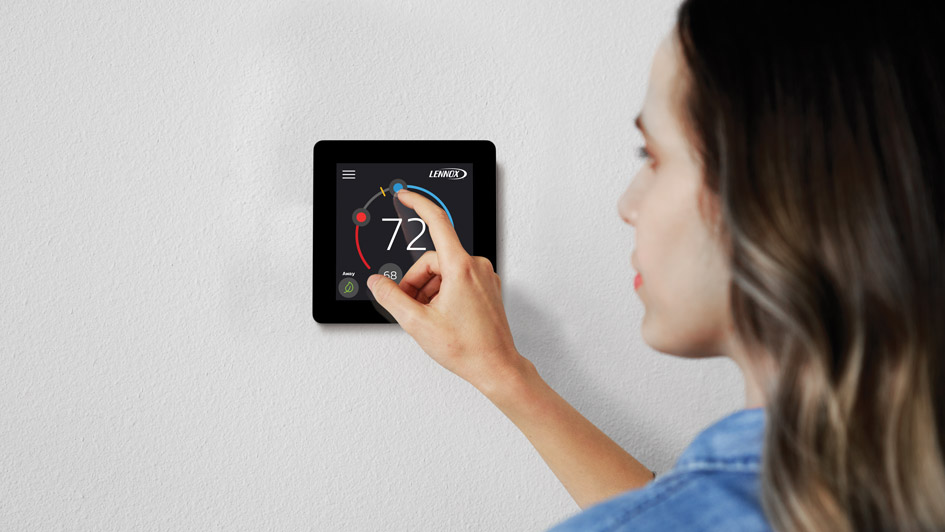
Harsh weather can cause your energy bills to skyrocket, especially if your HVAC system is pushed to its limits. The good news? Homeowners in San Leandro, California, can easily reduce energy expenses and reduce wear on their HVAC system by following effective energy-saving HVAC practices. From scheduling a fall or spring HVAC tune-up to DIY HVAC chores, these minor adjustments can help you stay comfortable and cut costs.
Here, the experts at Contra Costa Heating & AC will offer their best heating and cooling tips for HVAC energy efficiency to help you cut your monthly utility costs without giving up comfort.
1. Schedule for Seasonal HVAC Maintenance
Of all the energy-saving HVAC tips for residents, one that often offers the most benefit is routine HVAC maintenance. Scheduling expert furnace maintenance in the fall and air conditioning maintenance in the spring is a great way to make sure these systems are in optimal working order and ready for the winter and summer seasons. It's also a good time to spot and fix any inefficiencies, worn-out parts or brewing problems—saving you from costly service calls and potentially extending the life of your heating and cooling equipment.
2. Use Programmable Thermostat Settings to Your Advantage
Programmable thermostats provide many ways to reduce electricity use. In summer, set your thermostat to automatically adjust upward when you're not home. In winter, set the temperature to decrease a few degrees when no one is home and warm back up when you get home. Even a 2–3°F temperature change can cut down significantly on energy use.
Take your savings a step further with a smart thermostat. One of the many smart thermostat benefits is their ability to adapt to your schedule and automatically adjust your heating and cooling settings. This means smart thermostats can increase your energy efficiency—and you don't have to manually change the temperature.
3. Prevent Energy Waste By Sealing Air Leaks in Your Home
Air leaks around windows, doors and in your ductwork permit heated or cooled air to escape. Work with a reliable HVAC technician to find out if you need duct sealing and insulation services. Repairing or sealing air ducts, making sure you have adequate insulation and blocking drafts all help reduce energy bills by allowing your HVAC system to work less in order to keep your home comfortable.
4. Do Simple DIY HVAC Maintenance
In addition to bringing in an expert for seasonal HVAC maintenance, you can reduce energy bills by handling these home HVAC maintenance tips:
- Sweep away debris like sticks, grass clippings and plants from around your outdoor AC unit in spring
- Wash the condenser coils of the outdoor air conditioning equipment in spring
- Follow a consistent HVAC air filter replacement schedule: Check your system's filter monthly, swapping for a clean one if it's dirty or every 90 days
- Keep air vents and registers are free of obstructions
- Check your thermostat settings, ensuring it's on cool mode in summer and heating mode in winter
5. Replace Old, Failing Equipment with Energy-Efficient HVAC Systems
Improve energy efficiency by installing advanced high-efficiency HVAC systems. Look for ENERGY STAR®-rated HVAC equipment, which operates more efficiently than non-rated units. When selecting cooling equipment, check for a high SEER (Seasonal Energy Efficiency Ratio) rating. Unsure what SEER means? The simplest SEER rating explanation: the higher the SEER, the more efficient the system. The same concept is true with AFUE, or Annual Fuel Utilization Efficiency, which measures efficiency in heating equipment. The higher the AFUE, the more more energy efficient the equipment. These ratings are important because energy-efficient HVAC systems can do a lot to reduce energy bills and boost comfort throughout the year.
Work with Contra Costa Heating & AC to Prevent HVAC Energy Waste in Your Home
When it comes to comfort and energy efficiency Contra Costa Heating & AC is the HVAC company San Leandro, California, locals trust for their furnace, AC, heat pump and more. From seasonal HVAC tips like these to HVAC system upgrades, we provide full-service service all year. Call 510-916-2218 today for San Leandro, California, HVAC service you can trust.

